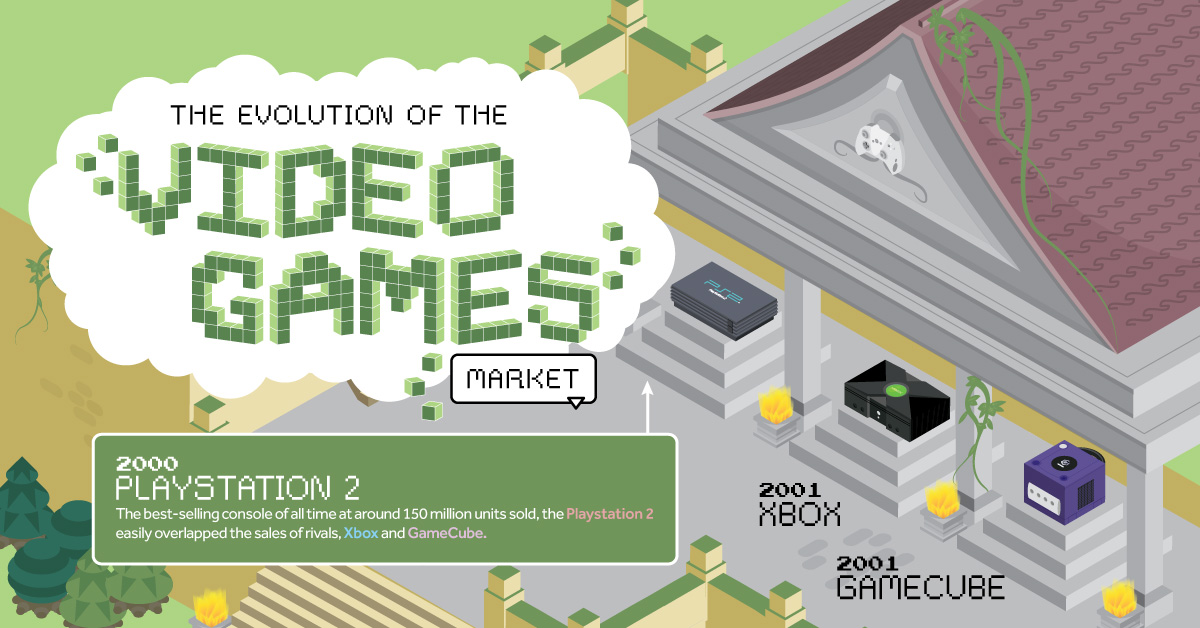On the Edge of Discovery: Canada’s Next Gold District
The following content is sponsored by SKRR Exploration Inc. and Taiga Gold Corp.

On the Edge of Discovery: Canada’s Next Gold District
Canada is home to some of the greatest gold districts in mining history. These regions occur mostly across Ontario, Québec, and British Columbia, where past mineral exploration has uncovered their geological potential.
But Canada is vast, and there are still more regions to explore—in particular, the Trans-Hudson Corridor. It’s here that SKRR Exploration and Taiga Gold are leading the way into a new mineral frontier, with the hope of uncovering Canada’s next gold district.
Canada’s Major Gold Districts
The Abitibi Greenstone Gold Belt, the Red Lake Gold District, and the Golden Triangle are key sources of gold in Canada.
- Ontario and Québec’s Abitibi Greenstone Gold Belt:
With over 100 mines, this gold belt stretches across the provinces of Ontario and Québec from Wawa to Val-d’Or. The belt has produced a massive 180M ounces of gold over its history and remains today a source of gold and employment in Northern Ontario.
- Ontario’s Red Lake Gold District:
The Red Lake Gold District experienced its first gold rush following initial discoveries in 1897 and 1925. With over 30M ounces of gold produced since then, the Red Lake mining district is one of the largest and highest-grade gold camps in North America.
- British Columbia’s Golden Triangle:
Having hosted the Stikine Gold Rush and the Atlin Gold Rush, the Golden Triangle is a popular destination for exploration companies. Investment in the region has produced 5.26M ounces of gold and impressive discoveries such as the Bruce Jack mine and the Kerr-Sulphurets-Mitchell (“KSM”) project.
Although these regions have garnered attention from large mining companies, the Trans-Hudson Corridor is open for a new era of discovery, and very few companies have taken advantage of it.
The Trans-Hudson Corridor: Canada’s Next Gold District?
The Trans-Hudson Corridor lacks an extensive exploration history, but it shows potential as a prime area for discovery.
Geological Potential
The Trans-Hudson Corridor stretches from the Dakotas of the United States to James Bay in Canada. One of the few remaining exposed portions of the Trans-Hudson, the Black Hills region of South Dakota, hosts the famous Homestake Mine, which produced 43.7 million ounces of gold and 9.9M ounces of silver before closing in 2001.
Despite the geological potential of this corridor, there have only been a few operating gold mines in the northern portion of the Trans-Hudson. One study indicates there may be more gold mineralization near the Snow Lake mine.
Saskatchewan: Major Gold Mines and a Lack of Exploration
Saskatchewan has geological potential—but compared to other regions, explorers are barely scratching the surface.
For all of Canada in 2018, mining and exploration investment amounted to C$2.2 billion. Saskatchewan received some of the lowest amounts with only C$165 million expended. Only 2% of the $165 million went towards exploration for gold, while the rest for uranium and potash.
Canada: Safe and Stable Mining Jurisdiction
The Trans-Hudson Corridor offers a safe, stable, and accessible mining region in today’s volatile world. In particular, Saskatchewan provides a competitive edge for mineral exploration:
- Affordable access to North American capital markets
- Mineral exploration incentive programs
- Low-cost, high-quality road and power infrastructure
- A well educated and professional workforce
Canada has the geological potential for big gold discoveries and the next era of discovery could be waiting in the Trans-Hudson Corridor.
-

 Sponsored3 years ago
Sponsored3 years agoMore Than Precious: Silver’s Role in the New Energy Era (Part 3 of 3)
Long known as a precious metal, silver in solar and EV technologies will redefine its role and importance to a greener economy.
-

 Sponsored7 years ago
Sponsored7 years agoThe History and Evolution of the Video Games Market
Everything from Pong to the rise of mobile gaming and AR/VR. Learn about the $100 billion video games market in this giant infographic.
-

 Sponsored8 years ago
Sponsored8 years agoThe Extraordinary Raw Materials in an iPhone 6s
Over 700 million iPhones have now been sold, but the iPhone would not exist if it were not for the raw materials that make the technology...
-

 Sponsored8 years ago
Sponsored8 years agoThe Industrial Internet, and How It’s Revolutionizing Mining
The convergence of the global industrial sector with big data and the internet of things, or the Industrial Internet, will revolutionize how mining works.

